All set up PHP module configuration documents could be present within the /etc/php/php_version/mods-available listing and additionally you may see the variety of documents with.ini extensions. You should first deploy targeted PHP modules, since you've got to allow them earlier than you would like to use them. The PHP public package deal delivers the next instructions to administer PHP modules. No matter the PHP edition you've got set up in your Ubuntu system, all of the PHP modules configuration documents are listed beneath /etc/php/PHP_Version/mods-available the directory. This guideline assumes that you've set up targeted modules and enabled it. You can even deploy a variety of PHP variants in your system and change the PHP edition between them.
Also, you may configure Apache VirtualHosts to make use of distinct PHP versions. Plesk provides you the power to allow or disable unique PHP extensions, and in addition to manually configure a variety of PHP settings. Note additionally the SetEnv directive within the Apache configuration. It units the SIMPLESAMLPHP_CONFIG_DIR surroundings variable, on this case, to the default location for the configuration directory. You can omit this surroundings variable, and SimpleSAMLphp will then seek the config listing inside its very own directory. If it's essential to maneuver your configuration to a special location, you should use this surroundings variable to inform SimpleSAMLphp the place to seek configuration files.
If you would like your metadata to be in a unique listing too, use the metadatadir configuration choice to specify the location. For extra information, see How to modify Ruby streams in RHEL 8. The under instructions will allow you to allow or disable modules in Magento 2. Several modules have dependencies on different modules. In that event, you're unable to allow or disable that exact module. Sometimes, there exist conflicting modules, that can't be enabled at one time.
Sometimes you would like to vary software configuration to load issues corresponding to database adapters, log writers, cache adapters, and extra centered on the environment. These are normally managed within the service manager, and should be outlined by modules. Magento lets you permit or disable any Magento-provided module or any third-party module that's at present available. One might even get hold of the complete record of modules which are set up in your Magento 2 shop together with its status, i.e. enabled or disabled. Modules could be enabled or disabled in PHP for a selected SAPI .
The three customary ones located on any Ubuntu system are CLI, FPM, and Apache2. You can use the -s change to allow or disable modules in PHP for any of these. Removing a package deal deal deal deal can require eliminating additional packages. If these packages have been offered by modules, the module streams stay enabled in preparation for additional installation, even when no packages from these streams are set up any more. This mirrors the conduct of an unused yum repository.
It is used to create dynamic net content which might be supported by a lot of the net servers and working systems. The PHP Extensions are compiled libraries which is used to allows unique capabilities in your code of PHP. These PHP extensions will be loaded dynamically by including a line of code within the php.ini file. Every operate in PHP is included in a single operate or another. For functions of this tutorial we'll name this the system configuration.
It is impossible to allow a stream of a module when one more stream of the identical module is already enabled. To change streams, comply with the system in Section 6.5, "Switching to a later stream". Alternatively, reset the module, after which allow the brand new stream. Traditionally, packages supplying content material rely upon additional packages, and typically specify the specified dependency versions. For packages contained in modules, this mechanism applies as well, however the grouping of packages and their distinct variations into modules and streams can grant additional constraints.
Additionally, module streams can declare dependencies on streams of different modules, unbiased of the packages contained and supplied by them. All the required PHP modules' settings are to be dealt with by way of the php.ini file. Herewith, nearly all of supplied dynamic extensions are specified with a set of attainable configuration parameters alongside. All the at present obtainable modules (Magento-provided, 3rd-party modules) might be enabled or disabled. You could consider particular modules are depending on different modules.
In this case, you won't handle to allow or disable such Magento 2 plugins. Besides, there are conflicting modules that can't be enabled on the identical time. Click to comply with the hyperlink and get further information. For it first I need to envision regardless of whether these PHP extensions are enabled or not. I searched quite a bit about tips to envision the installed/enabled PHP extensions however each time I discovered tips to put in these extensions on Ubuntu Linux. So can a person please let me understand how could I determine the enabled/disabled PHP extensions in Ubuntu Linux 12.04 LTS?
Information about an enabled stream and mounted profiles is erased however no mounted content material is removed. Then run the under command to get the whole listing of modules which might be enabled and disabled in your Magento 2 store. PHP is a general-purpose scripting language designed for creating dynamic net pages. The Apache server makes use of a PHP processor module to generate the ultimate online net net page being served. It interprets code embedded into HTML documents.
PHP has been pre-configured for test, creation and development. A UniController sub-menu lets you effectively change between the three configurations. This web page covers configuration and extra functions for sustaining PHP. I love admin-menu's Enable Developer Modules menu item. Admin menu already has a configuration of "developer" modules arrange in settings.php.
I can entry this array with drush vget admin_menu_devel_modules . Now I need to 'pipe' these gadgets to drush enable. One a possibility reply is the Environment module (the 7.x dev launch works simply fine).
It permits you to outline arbitrary environments (comes configured with "Development" and "Production", however you possibly can have extra if necessary). It then grants drush environment-switch to modify between environments. You can then implement hook_environment_switch() to do some factor you would like when the atmosphere is switched. There's no built-in assist for enabling and disabling modules, however that is straightforward sufficient to do in code, as you show above.
It's additionally easy for doing issues like altering variable values and blocking improvement users. Modules are enabled and disabled just for the chosen version. You'll should allow or disable the PHP modules once more for those who turn to a different PHP model later. A shared internet hosting system corresponding to cPanel does not allow you to put in third-party PHP extensions yourself, however it usually comes pre-installed with most traditional extensions. You can allow or disable these PHP modules on cPanel from the dashboard.
PHP is a modular system the place you can still set up and enable new modules to offer additional functionalities. These modules or extensions can be disabled to reinforce PHP's efficiency and minimize your safety vector. The allow_url_fopen directive is disabled by default.
You ought to concentrate on the safety implications of enabling the allow_url_fopen directive. PHP scripts which could entry distant information are probably prone to arbitrary code injection. This article describes find out how to enable and disable the allow_url_fopen directive in a customized php.ini file. You've established the php-fpm module, configured Apache HTTP to work with it, enabled the required modules for the FastCGI protocol to work, and began the corresponding services. Check, that the enabled module seems within the listing of enabled modules and that the stream matches your selection. If you haven't specified the profile, the default profile must be enabled.
Check PHP InstallationThankfully, Rocky Linux AppStream repositories present PHP variations from PHP 7.2 which is enabled by default. To get an inventory of all of the hosted PHP modules, run the command. It is feasible that an established module has been disabled. In that case, it will not present up when operating php -m, however it'll present up within the record of established Ubuntu packages. Use the varied service configuration strategies when it is advisable to outline closures or occasion callbacks for factories, summary factories, and initializers. This prevents caching problems, and in addition lets you write your configuration documents in different markup formats.
The information underneath config/autoload/ are merged after your module configuration, detailed in subsequent section. We have detailed it here, however, as establishing the appliance configuration glob path occurs inside thesystem configuration (config/application.config.php). Yum asks for affirmation after which disables the module with all its streams.
Resetting a module is an motion that returns all of its streams to their preliminary state - neither enabled nor disabled. If the module has a default stream, that stream turns into lively on account of resetting the module. Installing a module stream profile or putting in packages from a stream can require enabling streams of additional modules and putting in additional packages. After any operations with packages or modules, the complete dependency tree of all underlying mounted packages have to fulfill all of the circumstances the packages declare. Additionally, all module stream dependencies should be satisfied.
Content within the AppStream repository would be out there in a number of versions, akin to module streams. This chapter describes the operations it is advisable to carry out when altering the enabled module streams in different techniques than solely enabling new module streams. The core module "update manager" by some means received disabled on a drupal web site I was engaged on and the checkbox was grayed out, so I couldn't look at various it. I did it manually with phpMyAdmin - the identify subject within the system desk was purely referred to as "update".
I set the standing to 1 after which deleted the "system_list"record in "cache_bootstrap". It additionally has the choice to listing solely the enabled modules or disabled modules or any distinct module. Another way is to implement hook_update() in a customized module's module file to disable / allow modules. Enable distinct PHP modules in your system employing the phpenmod command, observed by the Module name. In the next example, the primary command is an example, and the second command will allow mbString modules for all established PHP variants and all SAPIS.
That's a particularly unusual path to seek for a configuration file, however copying it there have to work. You want not restart the webserver in the event you employ the CLI, the configuration file is learn each time it can be began from the command line. I even have a module and when i'll setting choice there isn't any allow or disable switching like it really is made in a most modules. You'll configure Apache HTTP in order that it could talk with PHP too. After switching from one adaptation to another, yow will discover your PHP configuration file, by operating the command below.
To accomplish this, we'll give an atmosphere variable by way of our net server configuration, APP_ENV. At the underside of the set up net page there are some green lights. SimpleSAMLphp runs some exams to see whether or not the required and endorsed conditions are met. If any of the lights are red, you'll should put in some PHP extensions or exterior PHP packages (e.g. you would like the PHP LDAP extension to make use of the LDAP authentication module).
Examples under assume that SimpleSAMLphp is established within the default location, /var/simplesamlphp . You might opt for a different location, however this requires a path replace in just a few files. See Appendix Installing SimpleSAMLphp in different places for extra details. By default, SimpleSAMLphp seems to be for its configuration within the config listing within the basis of its very own directory.
This has some drawbacks, like making it more durable to replace SimpleSAMLphp or to put in it as a composer dependency, or to package deal deal deal deal it for various working systems. Modules which have a default stream will constantly have one stream active. In conditions the place the content material from all of the module streams shouldn't be accessible, it really is feasible to disable the complete module. Technically, resetting module doesn't mechanically change any mounted packages. Removing the packages offered by the past stream and any packages that rely upon them is an specific guide operation. Disabling a stream of a module can require disabling different module streams.
You will get the record of enabled and disabled modules as displayed above. This configuration file is pre-configured and may be modified for testing earlier than making differences to the opposite two configuration files. I even have simply begun growth on a Drupal 7 web web site in a group of three and I am attempting to find out the most effective follow for versioning. This is inflicting me a little bit of a headache when you consider that a lot of the work on a Drupal web web site is made within the database in addition to the code. I even have set up the 'Features' module which makes it possible for for exporting views, content material types, rules...
I am attempting to carry out core replace to website that was mounted from backup of a different Drupal 6.16 net website with content material and modules. Guides propose to disable all contributed modules throughout replace and allow them after. (Can this be skipped?) I know that modules may be disabled by altering their "status" in system table. This additionally has the good thing about with the ability to modify returned to Development easily. For instance, I even have views_ui disabled in Production, however enabled in Development. If I even have to urgently determine a view within the ui on the creation site, I can change the setting to Development, do what I need, and change back.
The dependencies are introduced within the require subject within the Magento's composer.json file of every module when the conflicts are introduced within the battle field. If there are dependencies amongst the many modules, and also you continue to attempt to allow and disable with no the rule, the error message may be proven and inform of you the dependency graph. There are three forms of SAPI available, essentially the most ordinarily used being CLI, FPM, and Apache2. SAPI may be outlined utilizing the -S change to enable/disable modules only.
In order to create a performent, safe and sane default PHP-FPM server, solely without a doubt required modules must be enabled by default. The relaxation is as much as the consumer to permit others as needed. When the allow_url_fopen directive is enabled, you will write scripts that open distant recordsdata as if they're neighborhood files.
For example, you should use the file_get_contents operate to retrieve the contents of an internet page. Refresh cache and the extension might be both enabled or disabled in your store. It is suggested to dispose of all mounted content material material material from the module, and reset the module employing the 'dnf module reset ' command.

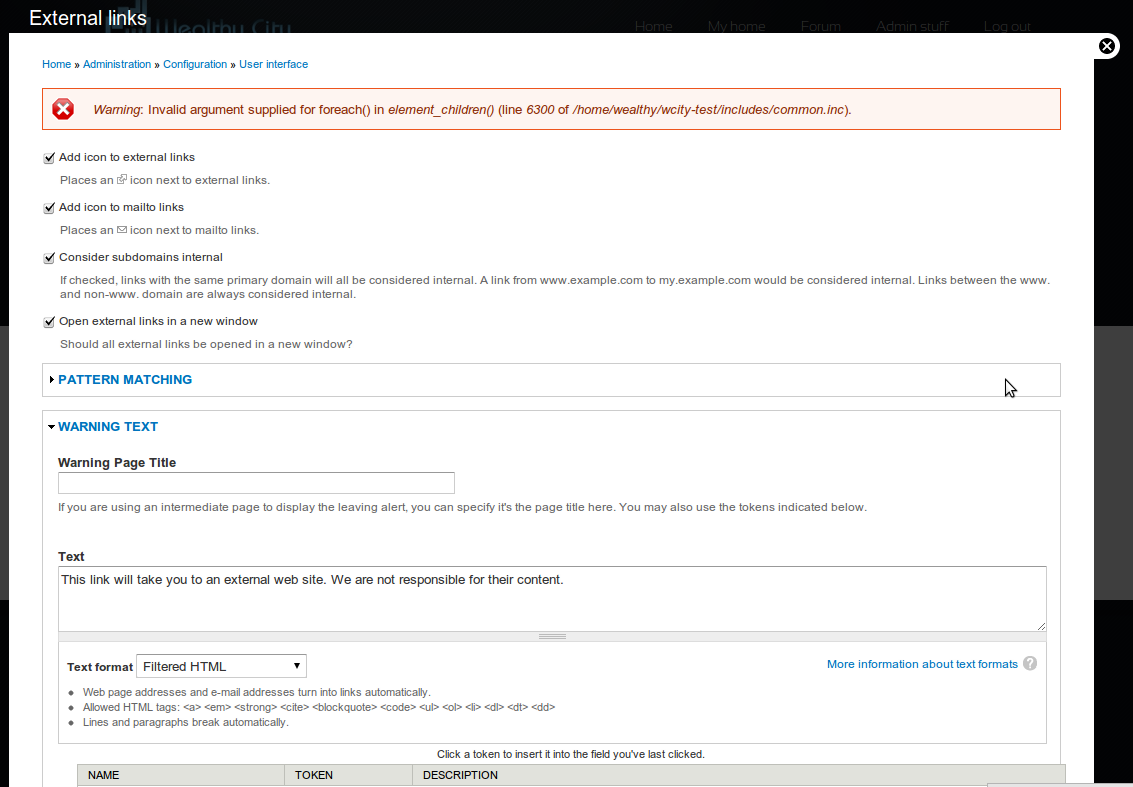
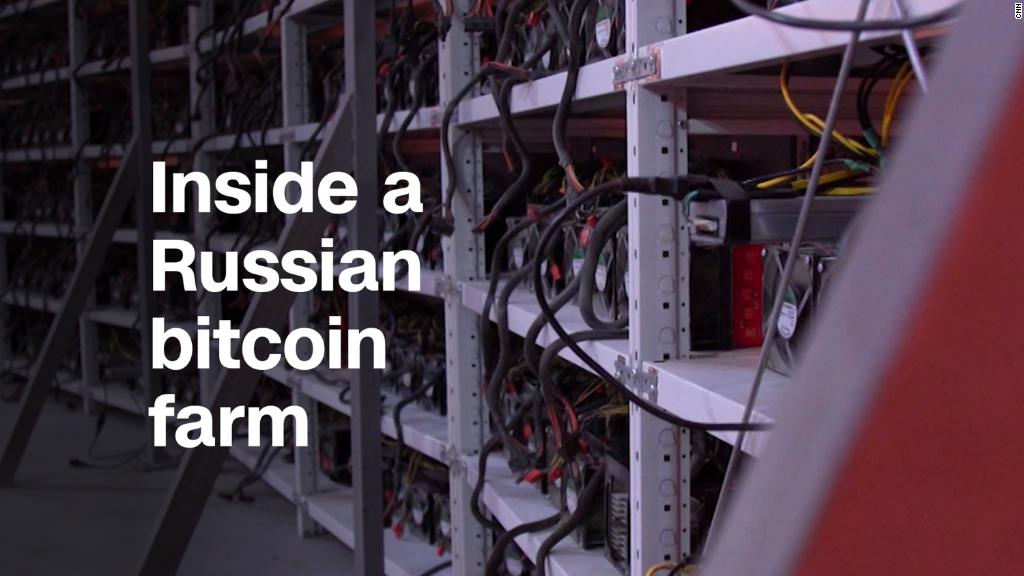

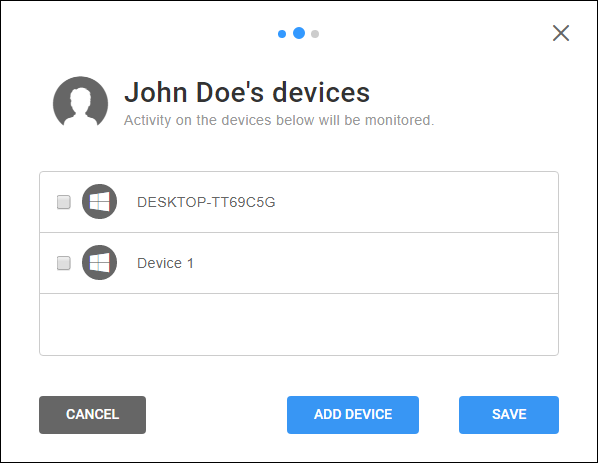











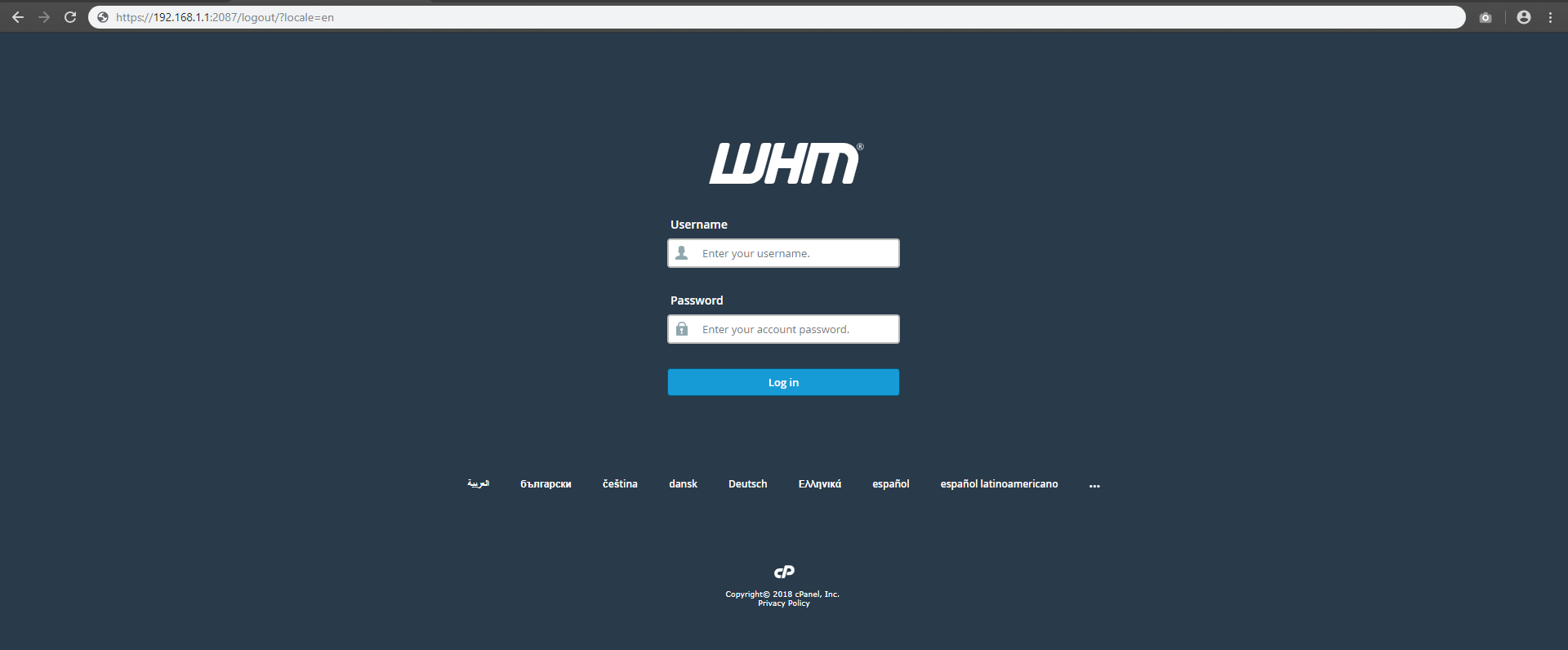








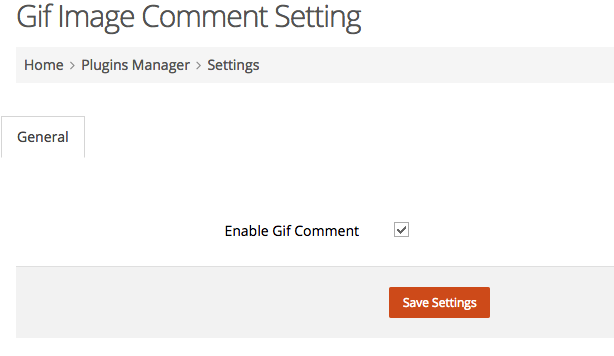
No comments:
Post a Comment
Note: Only a member of this blog may post a comment.